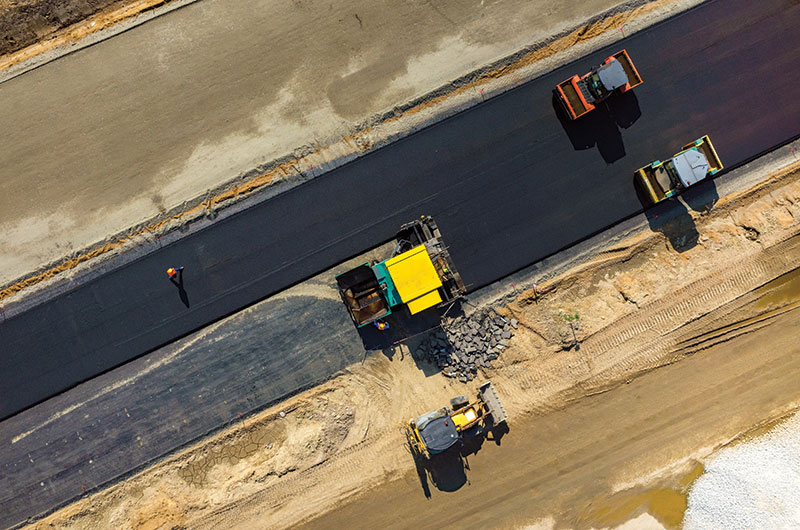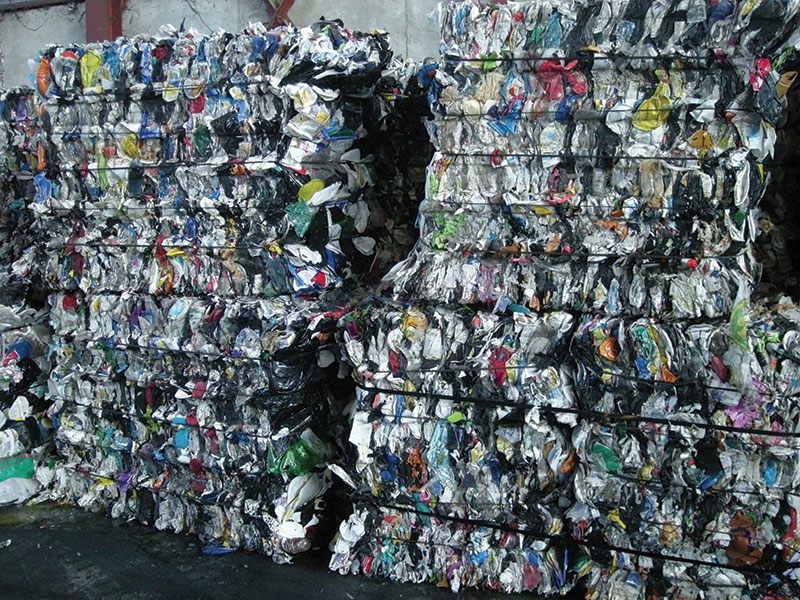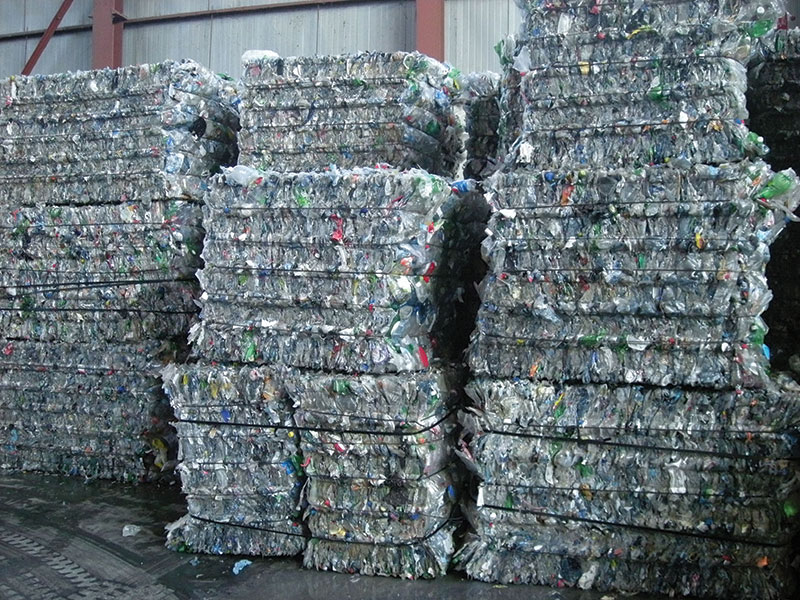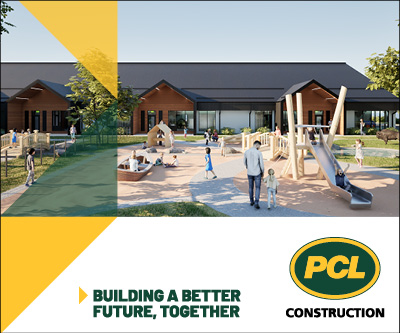Durham Region pilots road reconstruction using recycled materials.
The principles of “rethink, reduce and reuse,” have been around a long time, but new takes on the old adage are still happening, especially in the infrastructure sector.
As part of its long-term waste management plan, Ontario’s Durham Region is applying an innovative approach to its waste streams to manage them as resources in a circular economy that involves incorporating the use of recycled materials—plastics and glass—in road reconstruction.
Split into two phases, this project reconstructed the north half of this road segment (Phase 1) using conventional techniques, while the southern half (Phase 2) will pilot the use of recycled material.
Portions of Durham Regional Road 18 in Clarington, between Concession Road 5 and the bridge south of Kendal the roadway will be reconstructed as part of Phase 2 of a pilot project incorporating the use of recycled materials.
“We are proud to be exploring the use of recycled materials in our road reconstruction projects,” said Susan Siopis, Durham Region’s Commissioner of Works. “This pilot will help define the potential for sustainable practices and determine the durability of roads that incorporate recycled materials.”
According to Ramesh Jagannathan, director of transportation & field services, with the Regional Municipality of Durham Works Department, this 3.6-kilometre stretch of Regional Road 18 requires reconstruction and strengthening but has remained a low priority for near term work as the road carries low daily traffic volumes.
The one-time Federal Gas Tax funding in 2019 earmarked by Regional Council for transformative capital projects provided a unique opportunity for upgrading this road as an innovation initiative using Regional Waste materials.
“Regional Road 18 is the perfect testing ground for this innovative option of road reconstruction,” said Jagannathan. “Splitting the road segment in two phases will help clearly assess and evaluate the difference in performance between using conventional methods and recycled materials. We look forward to advancing this pilot project and contributing to a circular economy.”

Phase 1, which was completed in the fall of 2021, used conventional reconstruction methods and materials. The second phase will focus on the southerly section of the road and will include recycled waste materials for a beneficial new use. Recycled glass will be incorporated into the granular base and recycled plastics will be incorporated in the new asphalt.
An estimated six tonnes of mixed plastic and 400 tonnes of recycled glass from Durham Region’s Material Recovery Facility (MRF) are to be used for the proposed second phase of this project. Additionally, 4.5 tonnes of polyethylene terephthalate (PET) fibres—made from recycled plastic would also be used in this second phase.
Upon completion of Phase 2, the longer-term monitoring will begin to objectively compare the time-series variation in the performance of the Phase 1 segment using conventional road rehabilitation techniques, with the Phase 2 segment incorporating recycled waste materials.
“Both segments will be subject to similar traffic volumes, weather conditions, and other factors that typically influence the durability of a pavement structure,” said Jagannathan. “Based on the outcome of the pilot, the project would seek to develop standards for use of recycled waste materials, including construction inspection and testing guidelines, for potential application to other Regional roads and beyond.”
“Plastics and glass were chosen for this project given the learnings from previous experiments in Ontario that showed promising results,” explained Jagannathan. “These experiments emphasized that with diligent onsite and offsite quality controls their additions can result in increased structural strength and pavement stiffness without causing premature surface cracking in winter. The project evaluation will inform whether this will give us a more sustainable pavement compared to conventional practice.”
The mixed plastics, sourced from the Region’s Material Recovery Facility (MRF), and PET fibre plastics sourced from an external manufacturer, will be hauled to the asphalt plant to become part of the asphalt mix that will be used for reconstruction. Recycled glass will be sourced from the Region’s MRF, washed, and crushed offsite, pulverized, and blended with the existing road base onsite, to become part of the new road base.

“Glass is recycled at a cost to the Region because of significant transportation costs and its limited markets. Reusing it locally and using it to offset virgin materials makes economic and environmental sense” said Jagannathan. “Also, while the Region currently gets revenue from the sale of plastics collected in its Blue Box program, their potential use in road construction to generate long-term life cycle benefits could far outweigh the short-term value of just selling the material.”
Upon successful completion of this project, in the future, Jagannathan said, the Region will have the potential to incorporate an estimated 300 tonnes of mixed plastic, 240 tonnes of PET plastic and all recycled glass processed at Durham’s MRF through the Region’s annual road program.
“This would ensure a local beneficial use for these materials and decrease the amount of virgin material that is mined and trucked for road construction, such as aggregate materials. Extrapolating this possibility to other potential road applications such as the construction and reconstruction of local municipal roads, parking lots, and cycling facilities, potential benefits are significant.
“The use of plastics also has the potential to significantly increase the strength, durability, and the overall lifecycle of the pavement structure in our road network, thus reducing its associated long-term repair, maintenance costs and waste.”
[This article originally appeared in the July/August 2022 edition of ReNew Canada.]
John Tenpenny is the editor of ReNew Canada.
Featured image: More than four tonnes of polyethylene terephthalate (PET) fibres—made from recycled plastic—will be incorporated in the new asphalt for Durham’s Regional Road 18. (Regional Municipality of Durham)












